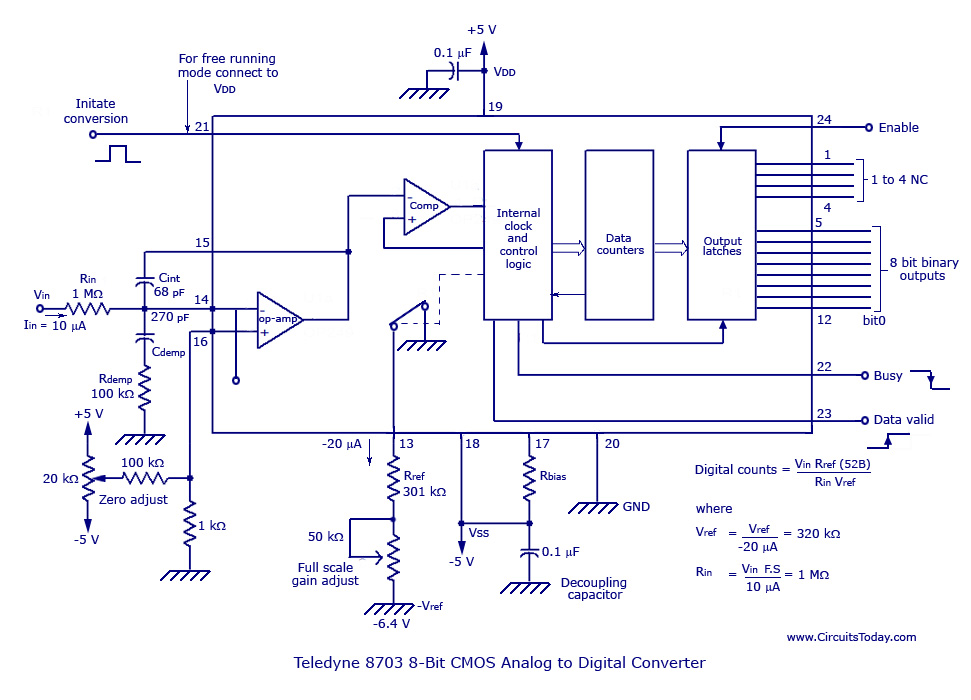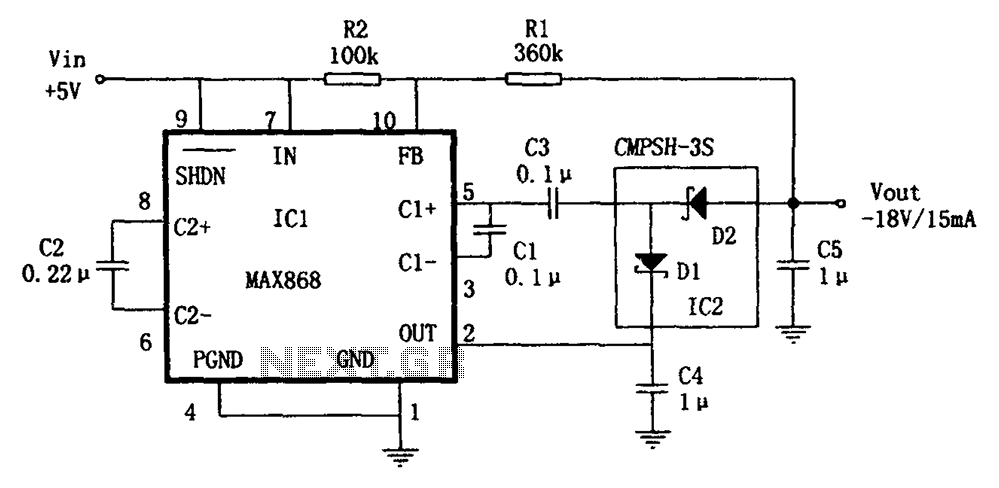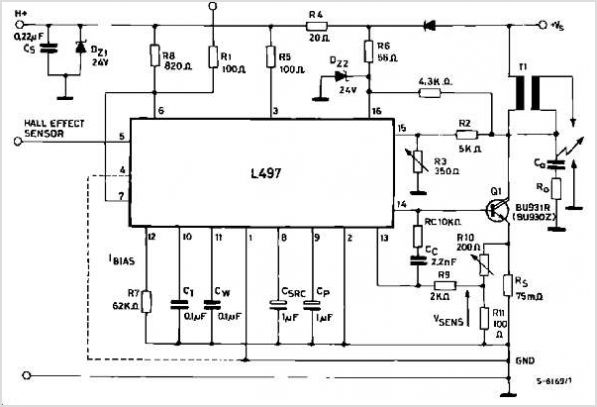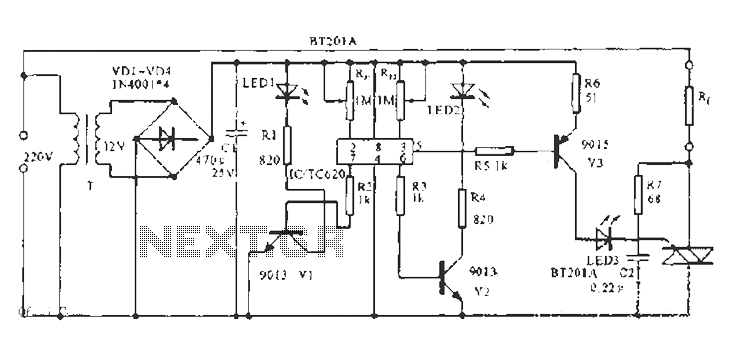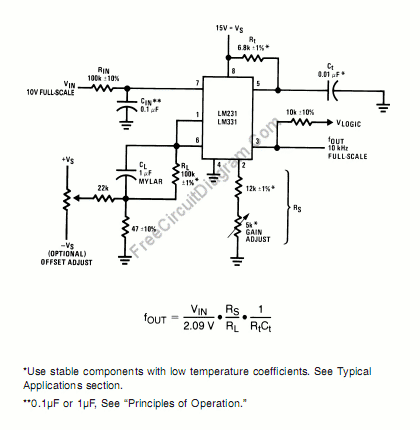
step down converter controller
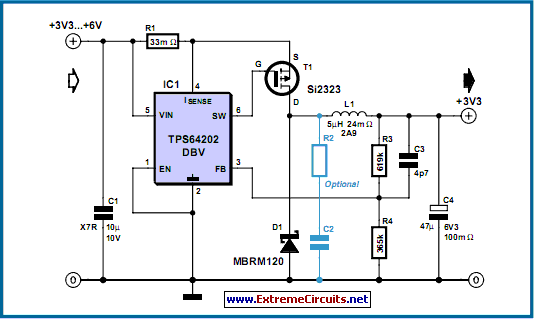
The TPS6420x controller is designed to operate from one to three series-connected cells or from a 3.3 V or 5 V supply obtained from a USB port. At its output, it can produce 3.3 V at 2 A, suitable for powering a microcontroller-based system. With a suitable choice of external components (inductor, P-channel MOSFET, and Schottky diode), the device can be operated over a wide range of possible output voltages and currents. A further advantage is its extremely low quiescent current consumption in power-down mode (100 nA typical) and in no-load operation (20 mA).
The TPS6420x controller is a versatile power management solution capable of functioning with one to three series-connected battery cells or from a regulated supply voltage of 3.3 V or 5 V, typically sourced from USB connections. The output voltage is fixed at 3.3 V, with a maximum output current of 2 A, making it ideal for microcontroller applications that require stable power.
This controller's design allows for flexibility in output voltage and current by selecting appropriate external components, including an inductor, a P-channel MOSFET, and a Schottky diode. The choice of these components significantly influences the performance characteristics of the power supply, enabling it to adapt to various load conditions and efficiency requirements.
One of the notable features of the TPS6420x is its low quiescent current consumption, which is particularly advantageous in battery-powered applications. In power-down mode, the typical quiescent current is only 100 nA, helping to prolong battery life. Additionally, during no-load operation, the device maintains a low current draw of approximately 20 mA. These characteristics make the TPS6420x an effective choice for designs where energy efficiency and minimal power consumption are critical.
In summary, the TPS6420x controller offers a compact solution for microcontroller power applications, with the added benefits of flexibility in voltage and current output and minimal power consumption during idle states. Proper selection of external components is essential to optimize its performance across a range of applications.The TPS6420x controller is designed to operate from one to three series-connected cells or from a 3.3 V or 5 V supply obtained from a USB port. At its output it can produce 3.3 V at 2 A, suitable for powering a microcontroller-based system. With a suitable choice of external components (inductor, P-channel MOSFET and Schottky diode) the device can be operated over a wide range of possible output voltages and currents.
A further advantage is its extremely low quiescent current consumption in power-down mode (100 nA typical) and in no-load operation (20 mA).. 🔗 External reference
The TPS6420x controller is a versatile power management solution capable of functioning with one to three series-connected battery cells or from a regulated supply voltage of 3.3 V or 5 V, typically sourced from USB connections. The output voltage is fixed at 3.3 V, with a maximum output current of 2 A, making it ideal for microcontroller applications that require stable power.
This controller's design allows for flexibility in output voltage and current by selecting appropriate external components, including an inductor, a P-channel MOSFET, and a Schottky diode. The choice of these components significantly influences the performance characteristics of the power supply, enabling it to adapt to various load conditions and efficiency requirements.
One of the notable features of the TPS6420x is its low quiescent current consumption, which is particularly advantageous in battery-powered applications. In power-down mode, the typical quiescent current is only 100 nA, helping to prolong battery life. Additionally, during no-load operation, the device maintains a low current draw of approximately 20 mA. These characteristics make the TPS6420x an effective choice for designs where energy efficiency and minimal power consumption are critical.
In summary, the TPS6420x controller offers a compact solution for microcontroller power applications, with the added benefits of flexibility in voltage and current output and minimal power consumption during idle states. Proper selection of external components is essential to optimize its performance across a range of applications.The TPS6420x controller is designed to operate from one to three series-connected cells or from a 3.3 V or 5 V supply obtained from a USB port. At its output it can produce 3.3 V at 2 A, suitable for powering a microcontroller-based system. With a suitable choice of external components (inductor, P-channel MOSFET and Schottky diode) the device can be operated over a wide range of possible output voltages and currents.
A further advantage is its extremely low quiescent current consumption in power-down mode (100 nA typical) and in no-load operation (20 mA).. 🔗 External reference
